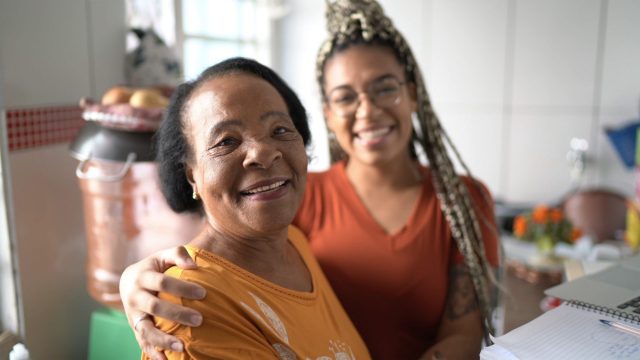Caregiving is assistance with the activities of daily living given either by a paid provider or, more frequently, by a family member. The provision of such assistance to older adults is often the factor that allows them to remain in their homes.
Family members and other informal caregivers are the largest sources of support for older adults in this country, but changes in family structure and social roles limit the ability of family members to provide that support. While in 2013, there were more than 14 adults of prime caregiving age (i.e., ages 45-64) for every person over the age of 85, by 2050, this ratio will drop to less than four to one. If these trends continue, older adults may have fewer sources of assistance, emotional support, and social interaction in the future. What’s more, caregiving responsibilities often impact the finances, mental and emotional health, relationship dynamics and work-life balance of those providing the care.
